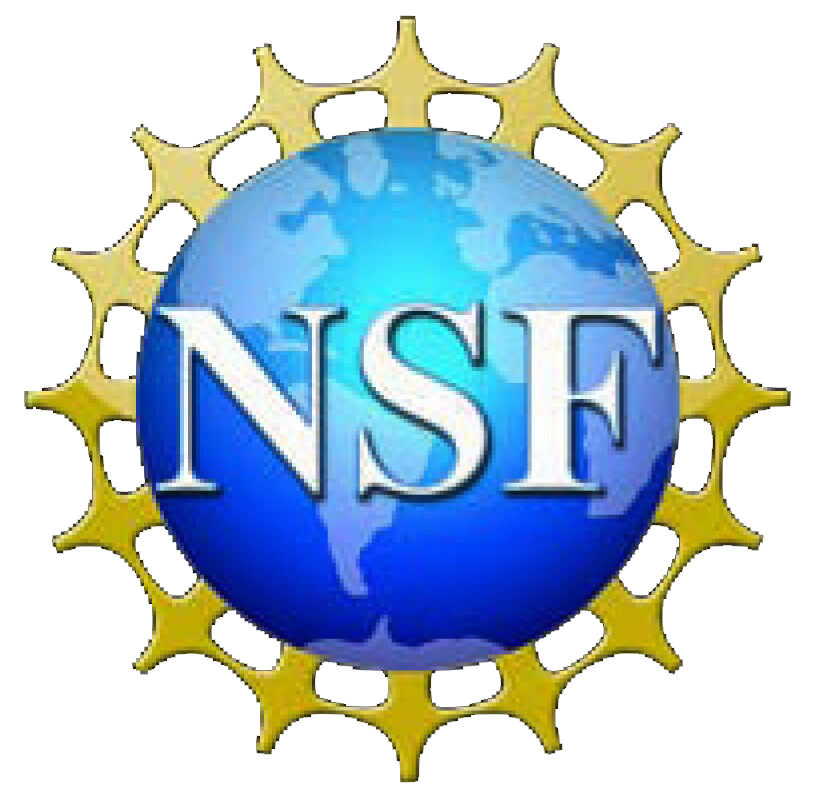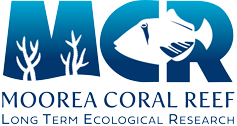Year:
2023
Authors:
Source:
Ph.D. Dissertation
Abstract:
Metazoan holobionts are comprised of an animal host and symbiotic microorganisms, which may include dinoflagellates, bacteria, archaea, and fungi. The community composition of these symbionts, as well as their interactions with each other and their host, can impact emergent holobiont phenotypes, such as stress tolerance or disease resilience. Viruses are also components of metazoan holobionts, with diverse viruses likely targeting all other holobiont members as their respective hosts. Deciphering the dynamics of viral infections and their impact on holobionts is challenging due to the high mutation rates and variable genome content of viruses, and the limited bioinformatic resources available for this group. This dissertation aims to expand our understanding of viral diversity and dynamics within a foundational marine invertebrate holobiont – stony corals and their microorganisms – and advance environmental virology through bioinformatic tool development. In my first chapter, endogenous viral elements (EVEs) are leveraged to investigate the ecology of an enigmatic RNA virus (‘dinoRNAV’) that is commonly detected from coral holobionts. I generate evidence that dinoRNAVs target the dinoflagellate endosymbionts (Family Symbiodiniaceae) of corals as their hosts, and that this interaction has likely occurred for >160 million years. The presence of dinoRNAV genomic elements in Symbiodiniaceae genomes is hypothesized to contribute to dinoflagellate antiviral capacity. In my second chapter, I present an accessible bioinformatic program, vAMPirus, that ameliorates challenges related to standardization in the analysis of viral amplicon sequence data. vAMPirus can improve the comparability and reproducibility of viral amplicon sequencing studies by (1) focusing analyses on non-dataset dependent amplicon sequence variants and their unique amino acid translations (‘aminotypes’); and (2) providing a freely accessible central repository for vAMPirus-generated files that environmental virologists can use to replicate analyses. Test cases demonstrating the efficacy of vAMPirus based on previously published DNA virus datasets are provided, as well as results from the application of vAMPirus to a novel RNA virus dataset. My third chapter investigates the roles of viruses in the etiology of stony coral tissue loss disease (SCTLD), which has caused coral mortality across the wider Caribbean. Comparative viromics suggests that virus community diversity in corals in a SCTLD-transmission experiment was driven mainly by dominant Symbiodiniaceae type, followed by coral species, and to a lesser-extent, fragment health state. This suggests that resident viruses (viruses present in the coral prior to SCTLD infection) are correlated with SCTLD etiology via opportunistic infections. Our findings did not implicate a single virus lineage as the causative agent of SCTLD. Nine novel genomes of Symbiodiniaceae-infecting filamentous RNA viruses were detected; the diversity and prevalence of filamentous viruses in Caribbean coral holobionts has likely been underestimated due to the difficulties associated with generating sequence data for RNA viruses from coral tissues. Altogether, this dissertation lays the groundwork for the development of lineage-specific molecular and bioinformatic approaches for the viruses of marine invertebrate holobionts and can ultimately improve our understanding of how viruses influence the health and resilience of coral holobionts, as well as support the development of virus-based tools (e.g., diagnostics, viral therapy) for reef management practices.
Publication Type:
Thesis or Dissertation
Publisher:
Rice University



